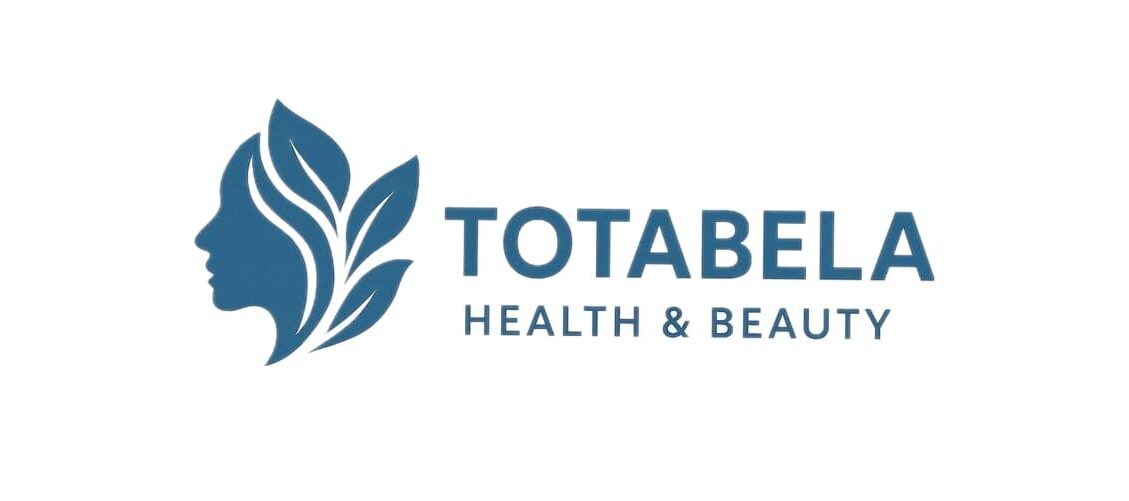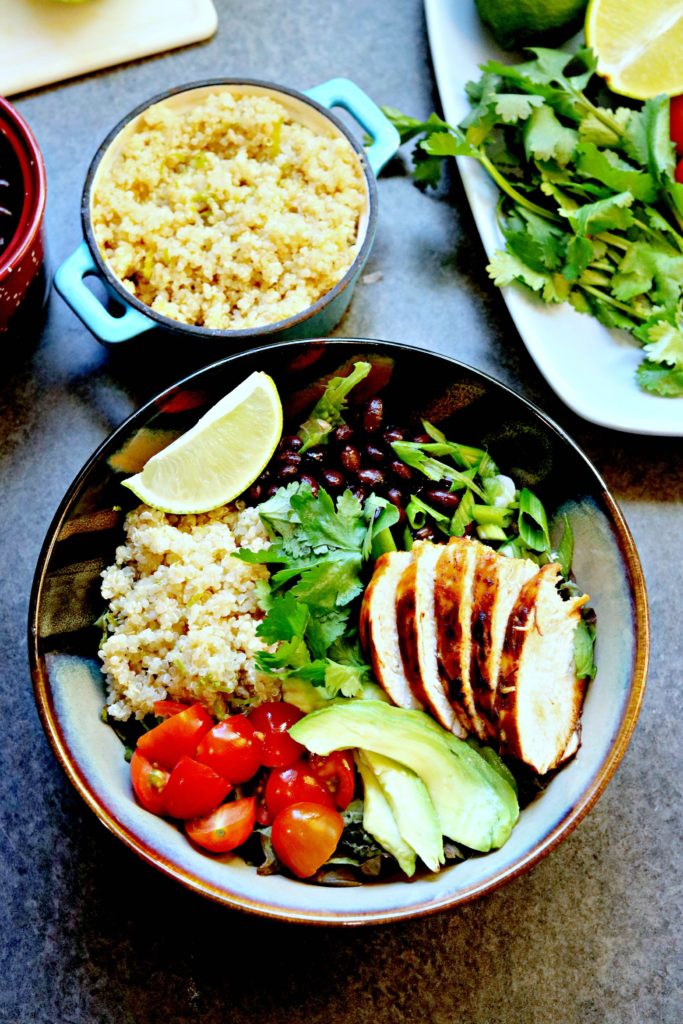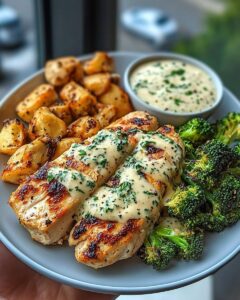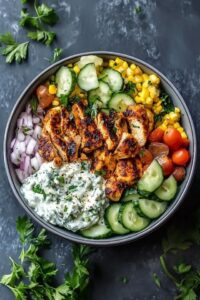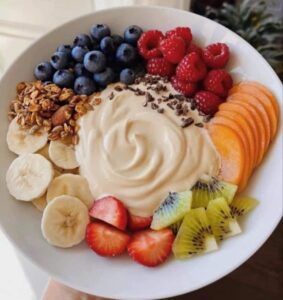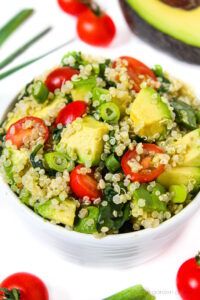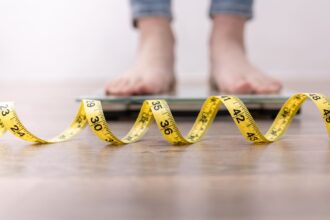Healthy Meals for Weight Loss: Your Ultimate Guide to Nutritious and Delicious Eating 🥗
Losing weight can often feel overwhelming with the flood of diet plans and conflicting advice. However, the key to effective and sustainable weight loss lies in eating healthy meals that nourish your body while helping you shed excess pounds. In this article, we will explore the best principles of healthy meals for weight loss, tips for meal planning, and examples of nutritious dishes that support your weight loss journey.
Why Focus on Healthy Meals for Weight Loss?
Many people associate weight loss with extreme calorie restriction or fad diets, but these approaches can be harmful and unsustainable. Instead, focusing on healthy meals helps you create a balanced diet that:
- Provides essential nutrients your body needs
- Keeps you full and satisfied, reducing overeating
- Boosts metabolism and energy levels
- Supports muscle retention and overall wellness
Eating wholesome foods rich in fiber, protein, and healthy fats can naturally reduce hunger and cravings, making it easier to stick to your weight loss goals.
Key Components of Healthy Meals for Weight Loss
1. High Protein Content
Protein is crucial in any weight loss meal because it helps increase satiety (feeling full), preserve lean muscle mass, and boost metabolism. Good protein sources include:
- Lean meats (chicken breast, turkey)
- Fish and seafood
- Eggs
- Plant-based proteins (tofu, tempeh, legumes)
- Greek yogurt and low-fat dairy
2. Fiber-Rich Vegetables and Fruits
Fiber promotes fullness and improves digestion, helping you eat fewer calories overall. Incorporate plenty of colorful vegetables and fruits like:
- Leafy greens (spinach, kale, arugula)
- Broccoli, cauliflower, and Brussels sprouts
- Berries, apples, and pears
3. Healthy Fats
Contrary to outdated beliefs, healthy fats are important for weight loss. They regulate hormones and keep you satisfied. Include sources such as:
- Avocado
- Nuts and seeds
- Olive oil and coconut oil
- Fatty fish (salmon, mackerel)
4. Complex Carbohydrates
Choose whole grains and complex carbs that release energy slowly, preventing blood sugar spikes and crashes. Examples include:
- Quinoa, brown rice, barley
- Sweet potatoes and butternut squash
- Oats and whole wheat products
5. Hydration
Water is essential for metabolism and appetite control. Drinking water before meals can help reduce calorie intake. Herbal teas and infused water are great additions.
Tips for Creating Healthy Weight Loss Meals
- Portion Control: Even healthy foods can contribute to weight gain if eaten in excess. Use smaller plates and be mindful of serving sizes.
- Meal Prep: Preparing meals in advance helps avoid unhealthy snacking and impulsive food choices.
- Balance Your Plate: Aim to fill half your plate with vegetables, one quarter with protein, and one quarter with complex carbs.
- Limit Processed Foods: Cut down on refined sugars, packaged snacks, and fast food.
- Add Flavor Smartly: Use herbs, spices, lemon juice, and vinegar to enhance flavor without extra calories.
Sample Healthy Meals for Weight Loss
Breakfast
Greek Yogurt Parfait with Berries and Nuts
- 1 cup Greek yogurt (unsweetened)
- A handful of mixed berries (blueberries, strawberries)
- 1 tbsp chopped almonds or walnuts
- 1 tsp chia seeds
- Drizzle of honey (optional)
This meal is packed with protein, antioxidants, fiber, and healthy fats to kickstart your metabolism and keep hunger at bay.
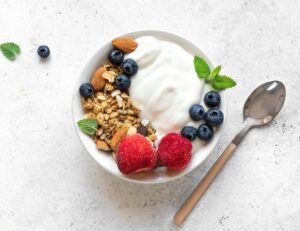
Lunch
Grilled Chicken Salad with Avocado and Quinoa
- 4 oz grilled chicken breast
- 1/2 cup cooked quinoa
- Mixed greens (spinach, arugula, lettuce)
- 1/2 avocado sliced
- Cherry tomatoes, cucumber slices
- Dressing: olive oil, lemon juice, salt, and pepper
A balanced plate with lean protein, complex carbs, and healthy fats that will provide sustained energy throughout the afternoon.
Dinner
Baked Salmon with Roasted Vegetables
- 4 oz baked salmon seasoned with herbs
- Roasted broccoli, carrots, and bell peppers with olive oil
- Small serving of brown rice or sweet potato
Rich in omega-3 fatty acids and fiber, this dinner supports fat loss while providing essential nutrients.
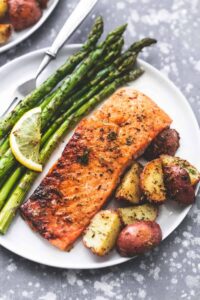
Snacks
- Apple slices with 1 tbsp natural peanut butter
- Carrot sticks and hummus
- A handful of mixed nuts
- Cottage cheese with cucumber slices
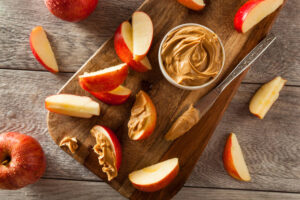
Common Mistakes to Avoid When Planning Weight Loss Meals
- Skipping Meals: This can lead to overeating later and slow down metabolism.
- Relying on “Diet” Foods: Many low-fat or sugar-free products contain additives and artificial ingredients that hinder weight loss.
- Neglecting Protein: A low-protein diet can cause muscle loss and increase hunger.
- Ignoring Hydration: Dehydration can sometimes be mistaken for hunger, leading to unnecessary snacking.
- Overcomplicating Meals: Healthy meals don’t need to be fancy. Simple, whole foods are most effective.
Benefits of Eating Healthy Meals for Weight Loss
- Improved mood and energy
- Reduced risk of chronic diseases like diabetes and heart disease
- Better digestion and gut health
- Clearer skin and better sleep
- Long-term sustainable weight management
Conclusion
Eating healthy meals for weight loss is about balance, nourishment, and consistency—not about drastic dieting or deprivation. By including the right mix of protein, fiber, healthy fats, and complex carbs, and focusing on whole, minimally processed foods, you can create meals that satisfy your hunger and promote fat loss.
Remember, successful weight loss is a marathon, not a sprint. Adopt these healthy meal principles, plan your meals ahead, and enjoy the journey toward a fitter, healthier you.
